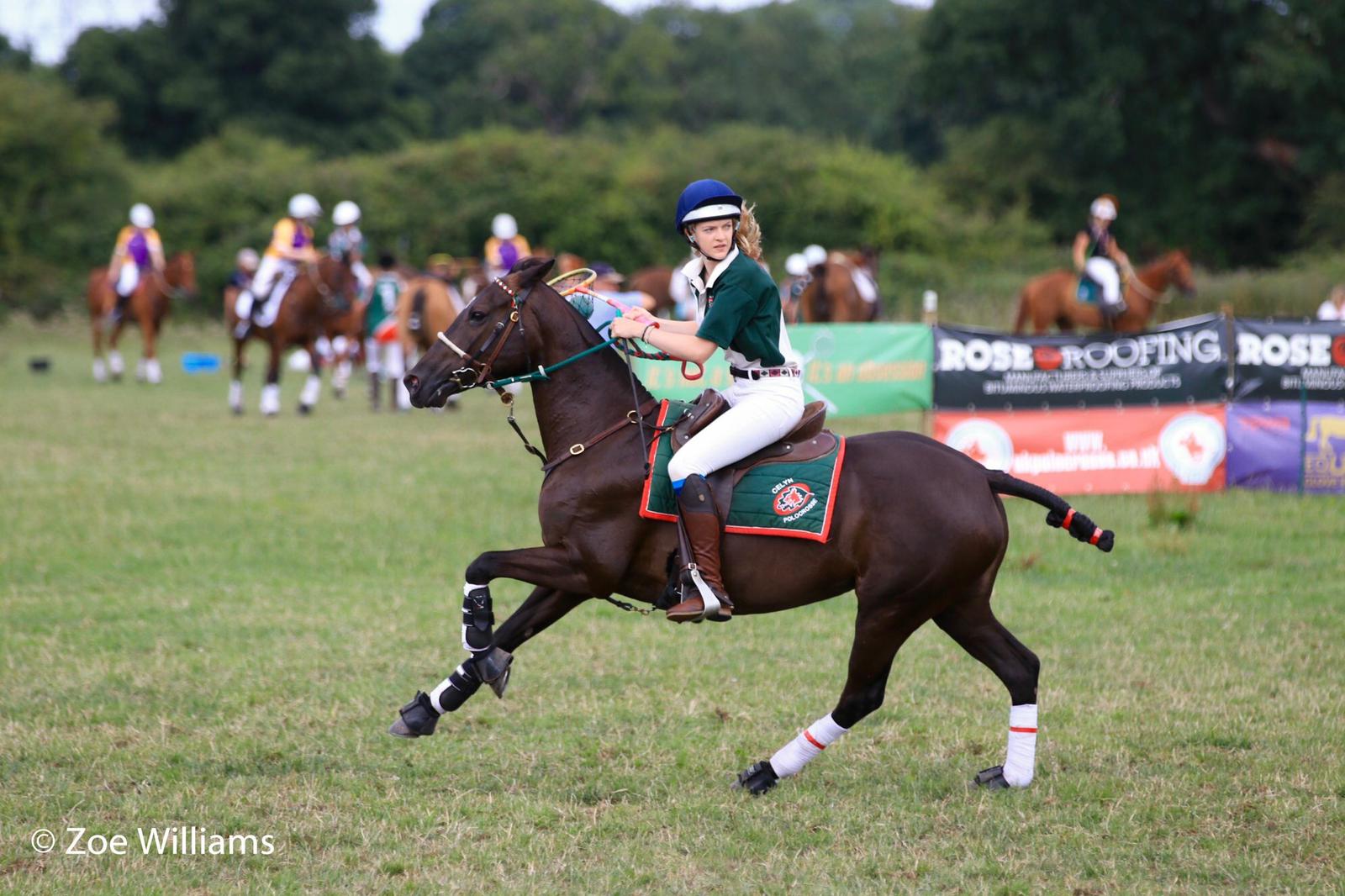Bringing Your Horse Back Into Work from a Winter Break
Most horses will have been given been given a break of some form over winter, which can range from a lower intensity of work, to complete free turn out during winter months. Whatever your winter routine, it’s important to ensure your horse is properly fit before you plan to start competing again. Kristen Holland, BVetMed (hons) MRCVS from Paragon Equine in Cumbria explains ...
 The Health Considerations
The Health Considerations
The correct fitness programme will help to reduce the risk of injury, enable your horse to enjoy his work and perform to the best of his abilities.
There are many things to consider when forming a fitness programme for your horse, including the age of your horse, how he has been wintered, how fit he was prior to his winter ‘holiday’, any previous or current health issues or injuries, what facilities are available for your use and how much time you have to get your horse fit. An older horse, one that has had no exercise over winter, one that was at a lower level of fitness prior to winter and one with previous or current health issues or injuries, will take longer to re-gain fitness. Every horse should be up to date with farrier visits prior to starting work and it is a good idea to get your horse checked by a vet or physiotherapist too so that any potential problems are highlighted as soon as possible.
It is important to begin slowly when bringing a horse back into work. Certain structures, in particular those within a horse’s limbs, need to adapt to the increasing workload to help prevent injury. Horses are built with as little weight as possible at the bottom part of their limbs, which allows them to gallop quickly and jump whilst using as little energy as possible. One of the main adaptations in the horse’s musculoskeletal structure that enables this, is for the tendons to run along the flexor side of each limb at the bottom, with the muscles attached to these tendons being situated much closer to the top of the horse’s limbs. This means that the bottom part of a horse’s limb is relatively lightweight and moved by elastic recoil of the tendons (meaning energy is stored and released again). These structures and the health of them are therefore vital for the horse’s movement and fitness. When a horse is ridden on a soft surface, tendons are stretched further than when the horse is ridden on a hard surface. Tendon injury usually occurs via sustained over-extension of the tendon, weakening the fibres within, followed by a sudden larger over extension which can completely break the fibre pattern within the tendon. This is why these tendons should be strengthened in the early stages of a fitness programme with work on a hard(er) surface, so that when we ask more of the horse as fitness increases, the fibres within the tendons are less likely to weaken.
Cardiovascular fitness should also be considered when bringing a horse back into work. As we start to do more demanding work with the horse, his heart will be required to work harder in order to get oxygen delivered to tissues including muscles, to allow them to work harder. If there is a very sudden increase in work load, the horse’s heart may not be able to cope with the extra work asked of it and the horse will be unable to cope. This may lead to the muscles having to make energy from a source which does not require oxygen. This process, known as anaerobic, releases lactic acid and can ultimately lead to damage within the muscles. In order to ensure your horse’s cardiovascular fitness is increasing at the same rate his workload requires, harder work should be introduced slowly and regularly. An example of a fitness programme is provided below. This programme would work for an event horse which had a reasonable level of fitness prior to being completely turned out over winter and with three months until the beginning of his competition season.
An example of a fitness programme is provided below. This programme would work for an event horse which had a reasonable level of fitness prior to being completely turned out over winter and with three months until the beginning of his competition season.
Week 1: 10 minutes walking exercise 5 times during the week on a hard surface, which may be road work)
Week 2: 20 minutes of walk and 10 minutes of trot 5 times during the week on a hard surface, including hills where possible and safe. Restrict road work to walking at this stage.
Week 3: 45 minutes of work 5 times during the week, at least half an hour of which should be trot on a hard surface. Hill work should still be included and road work ideally still limited to walk.
Week 4: One hour of work 5 times during the week, 2 x 5 minute bursts of canter can now be included in these sessions. Hill work is still recommended.
Week 5: One hour of work 5 times during the week, 2 x 10 minute bursts of canter can be included. Hill work is still recommended.
Week 6: Gentle schooling can be introduced slowly during this week. Sessions should be kept to 1 hour 5 times during the week and no jumping should be included yet. Keep the sessions varied between schooling and hacking.
Week 7: Schooling should be continued as well as hacking, each session should last for 1 hour 5 times during the week, start to ask for a bit more each time. Canter work should now be at least 15 minute bursts. Cantering uphill can also be included in short bursts.
Week 8: Jumping can slowly be introduced to the schooling work. Cantering can be taken up to 20 minutes at a time and uphill bursts can be extended. Keep the work load to 1 hour 5 times during the week.
Week 9: Continue as week 8 but slowly add in more demanding jumping sessions and faster work, for example bursts of gallop at 2 minutes to begin with, increasing this slowly over time.
Week 10: Start to introduce cross country fences, increase the bursts of gallop and allow sessions of faster canter work to increase to 20 minutes. Keep variation by continuing with more demanding schooling sessions.
Week 11: Practise cross country courses at the speed necessary for your level of competition. The horse should be competition fit prior to competing, not gaining fitness at competition. Practise dressage tests and show jumping courses in the arena.
Week 12: If you have your first competition at the end of this week, undertake your cross country work at the beginning of the week and work towards practising your dressage test at the end of the week to ensure your horse is fresh for competition.
Horses required to reach a high level of fitness and who are sweating regularly whilst working should be fed an electrolyte in their feed to ensure they have the required minerals to replace those lost in sweat. A salt lick should also be provided in the stable so the horse can access it when he needs it.
If you have any questions about a specific fitness regime for your horse, or a possible injury, do not hesitate to contact your vet.
 Article by Kristen Holland, BVetMed (Hons) MRCVS from Paragon Equine
Article by Kristen Holland, BVetMed (Hons) MRCVS from Paragon Equine
Tel: 01768 483789
Email: Paragon Equine, Newbiggin, Cumbria
Website: This email address is being protected from spambots. You need JavaScript enabled to view it.



